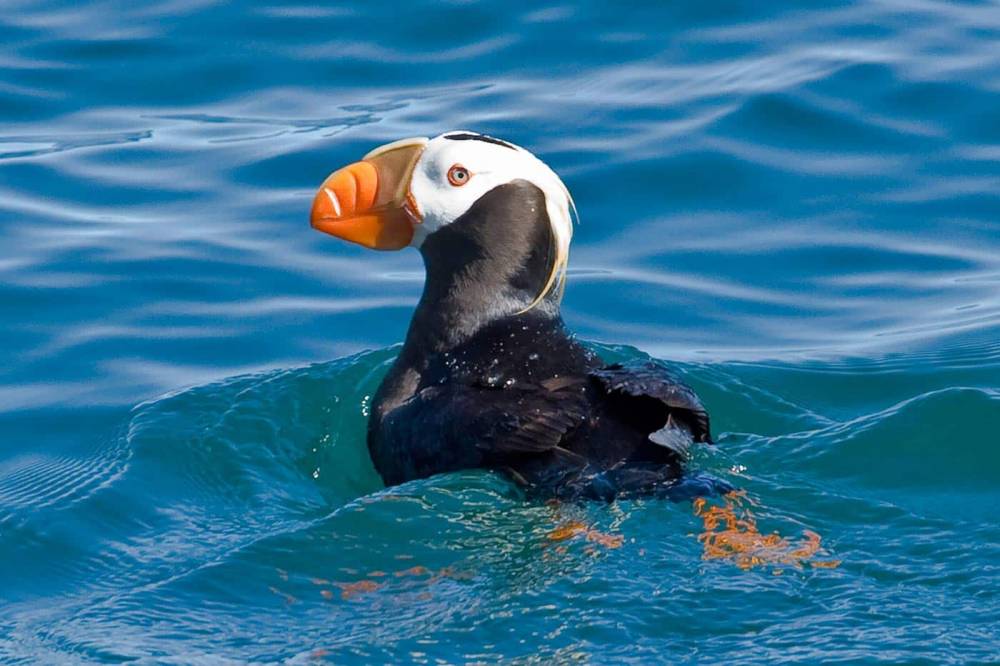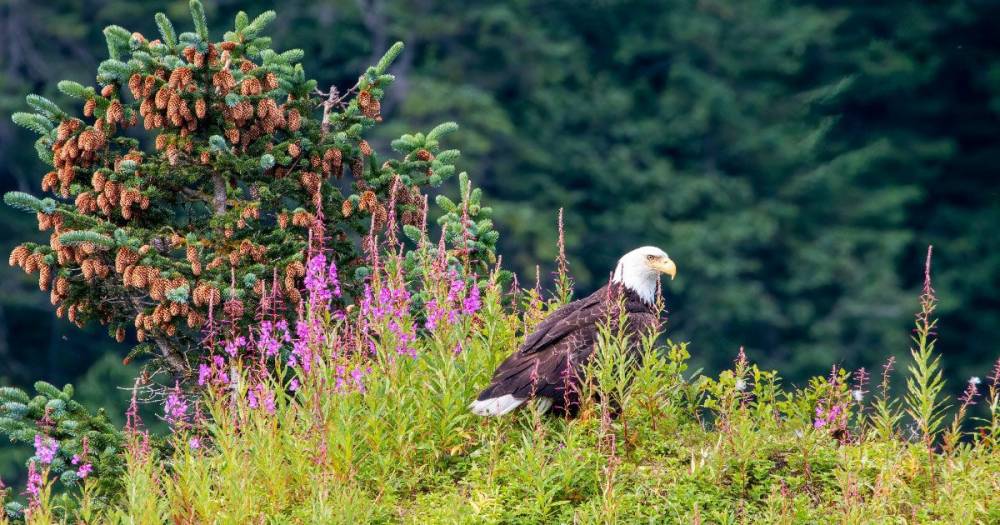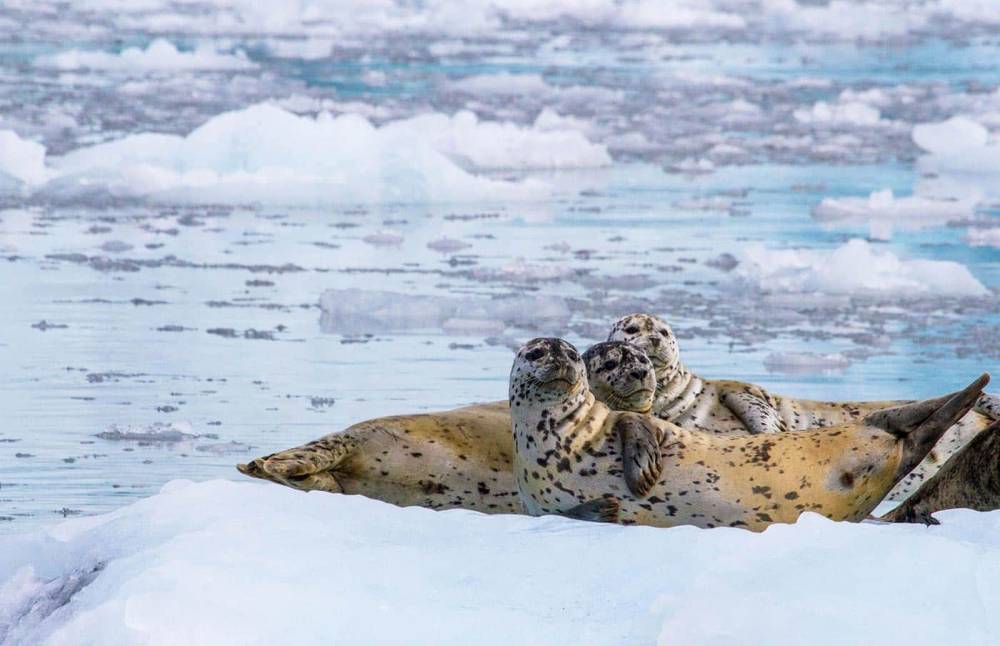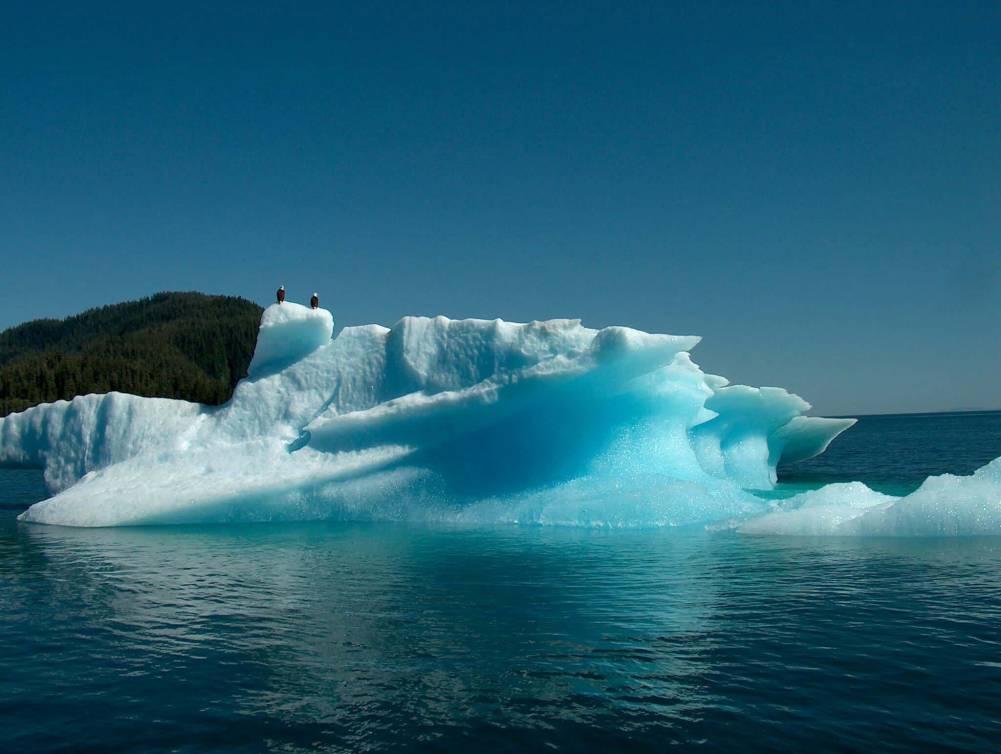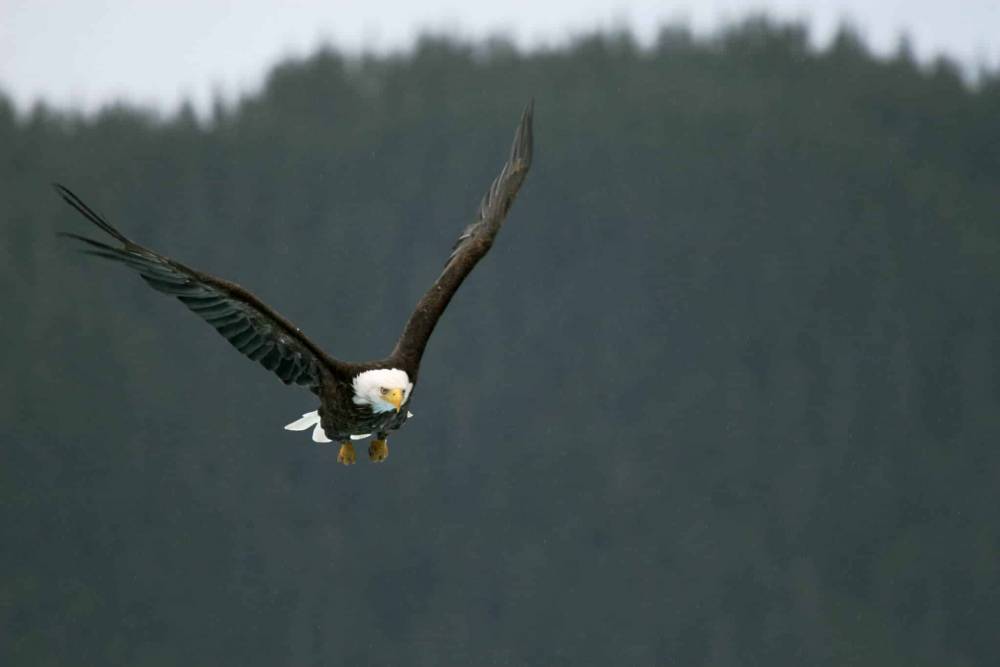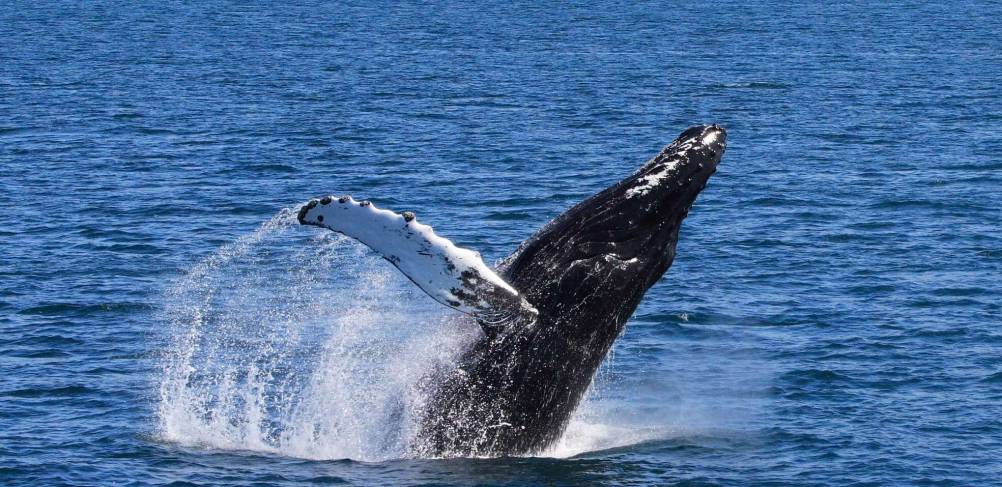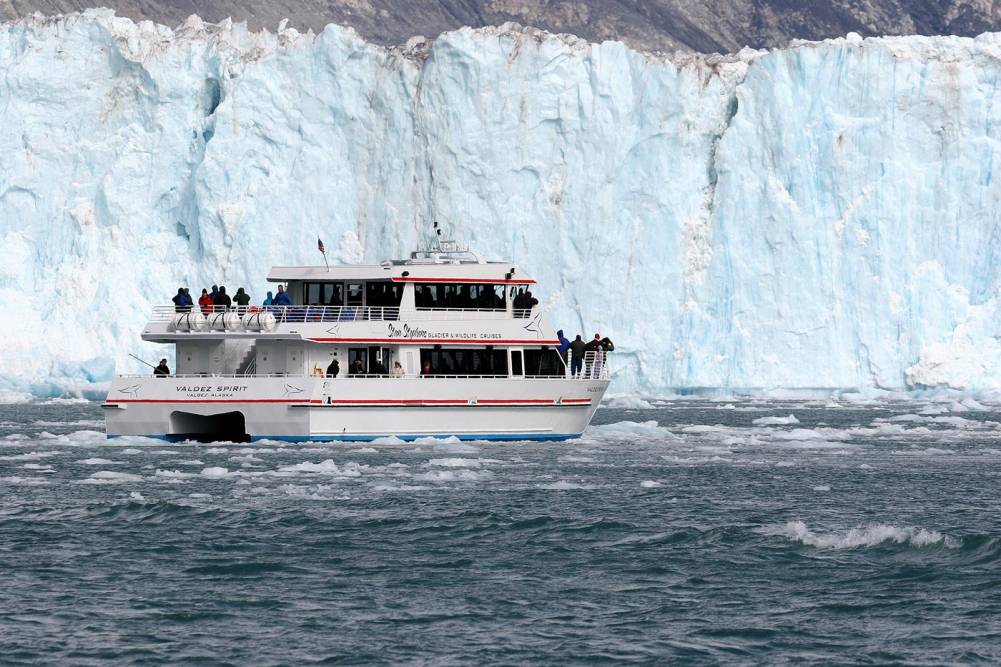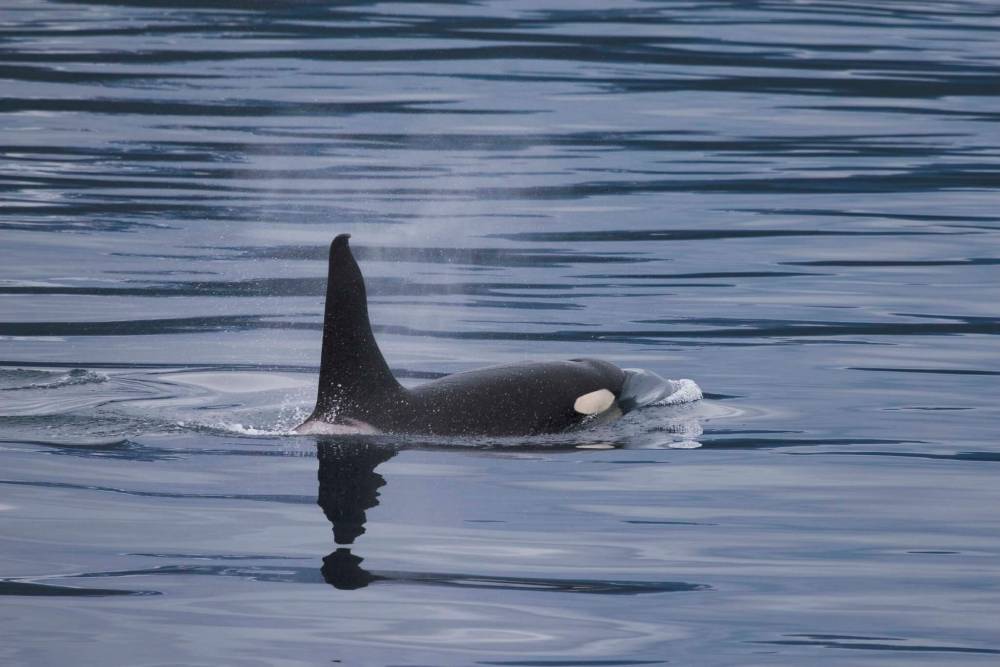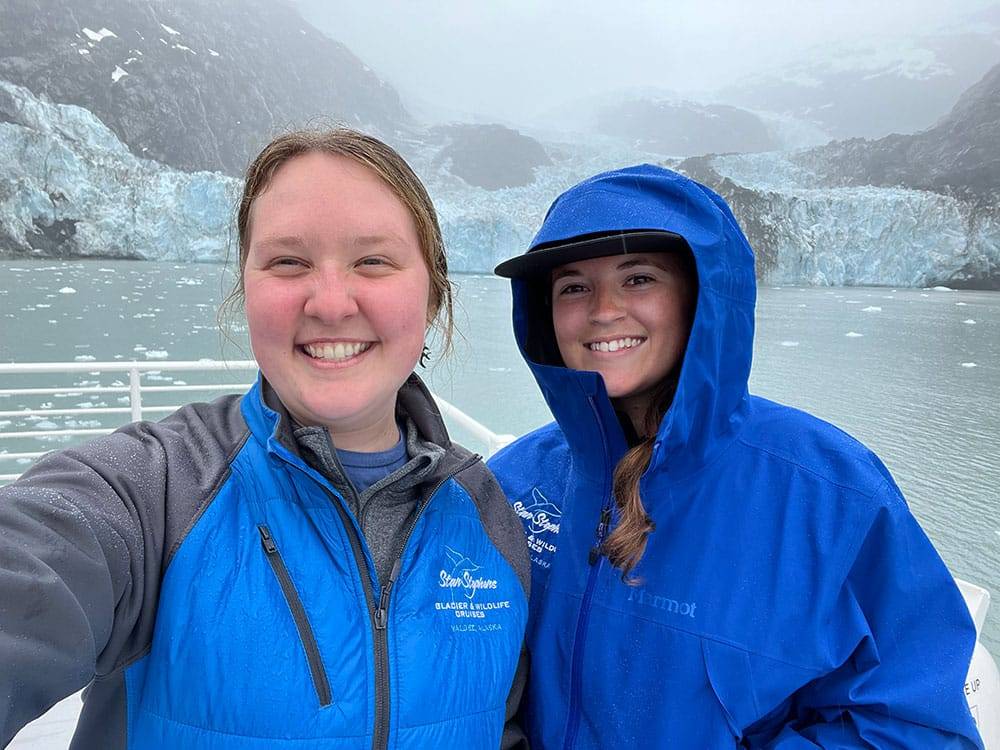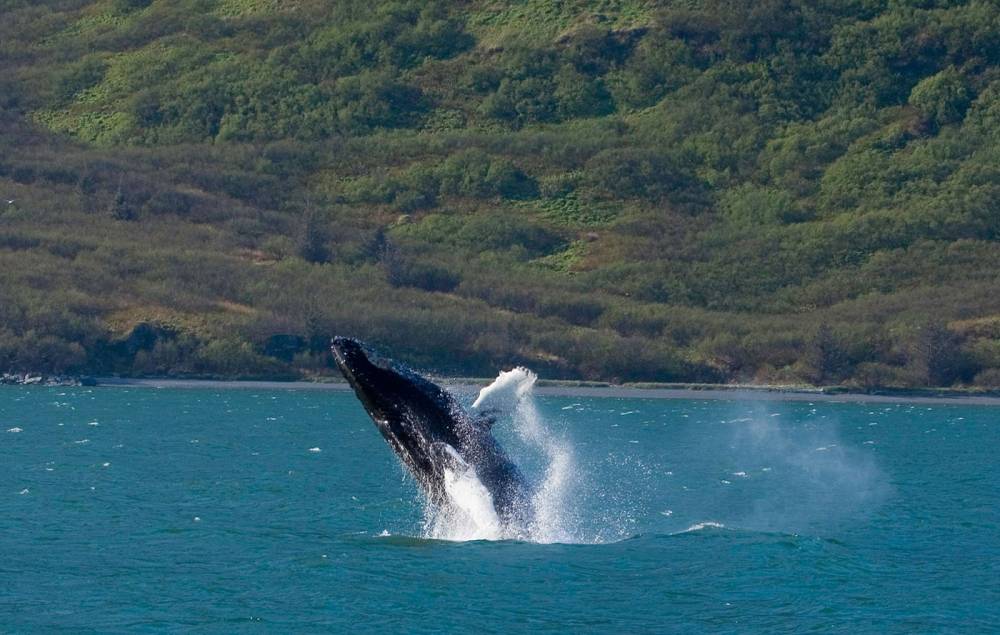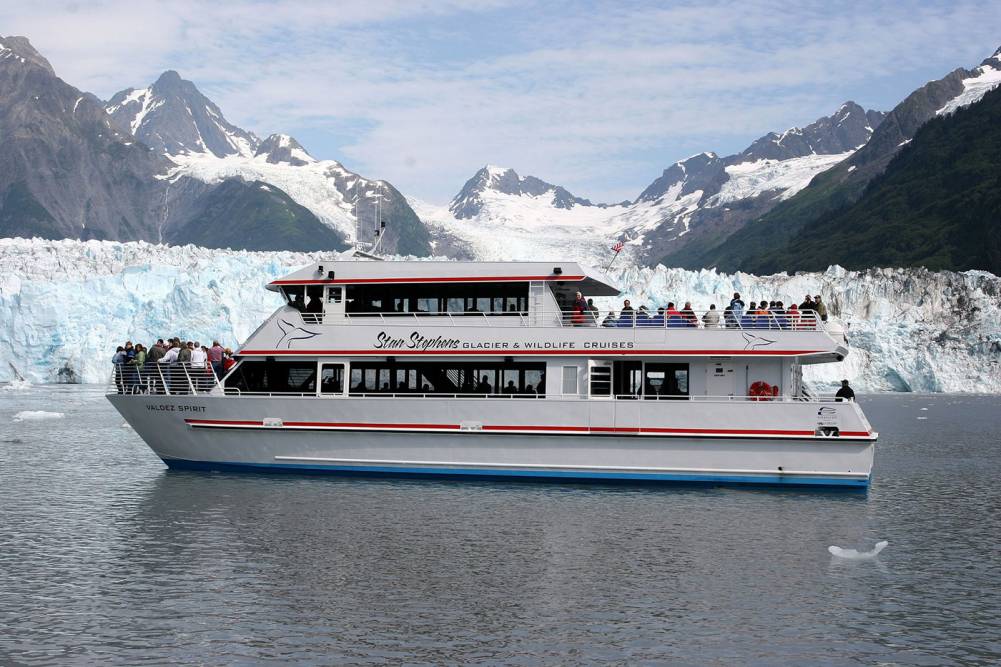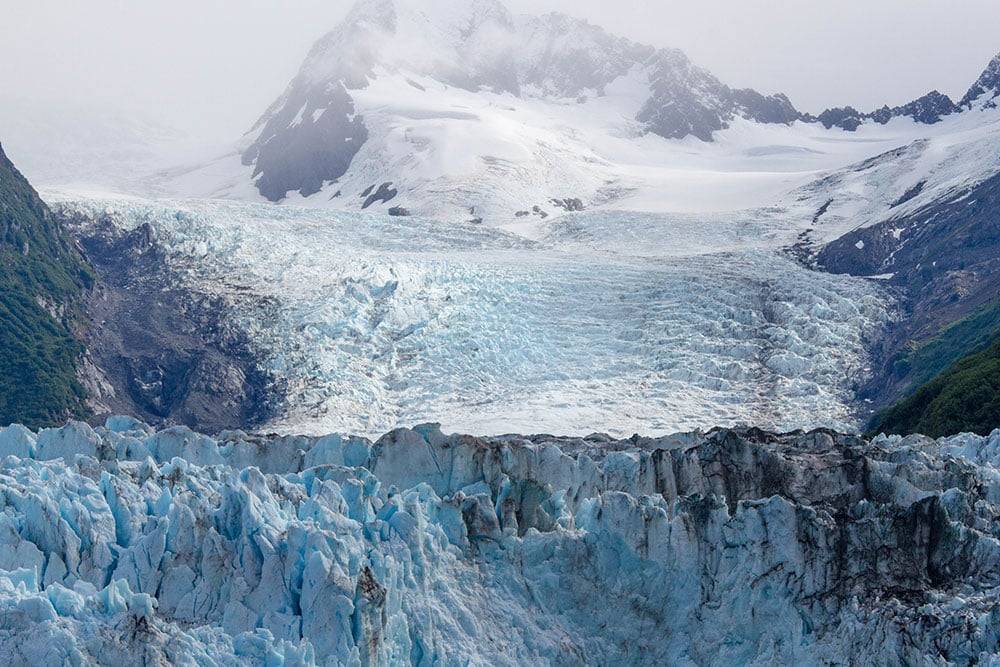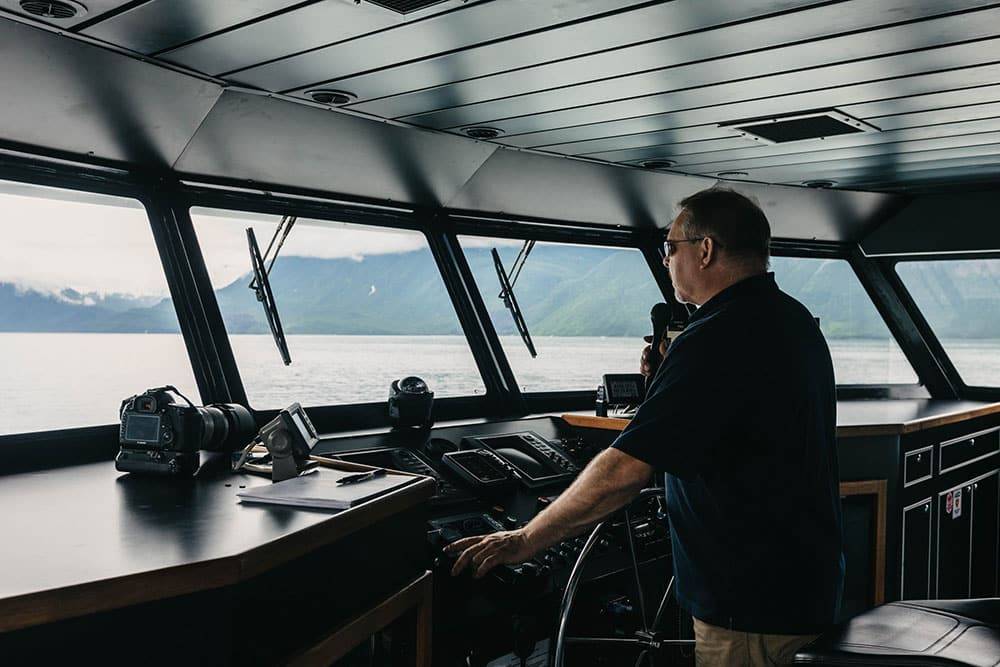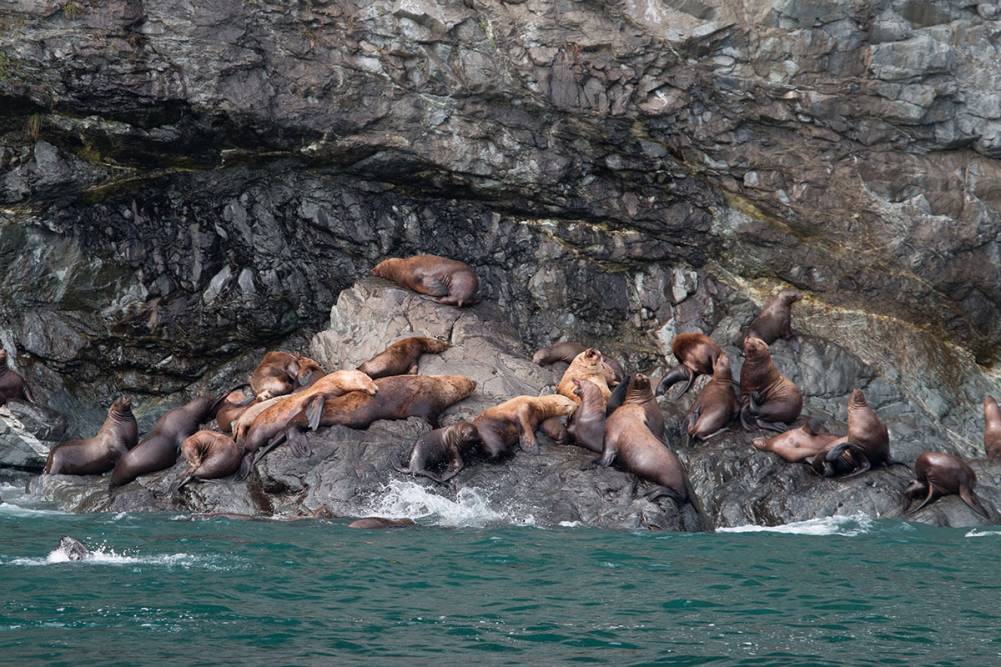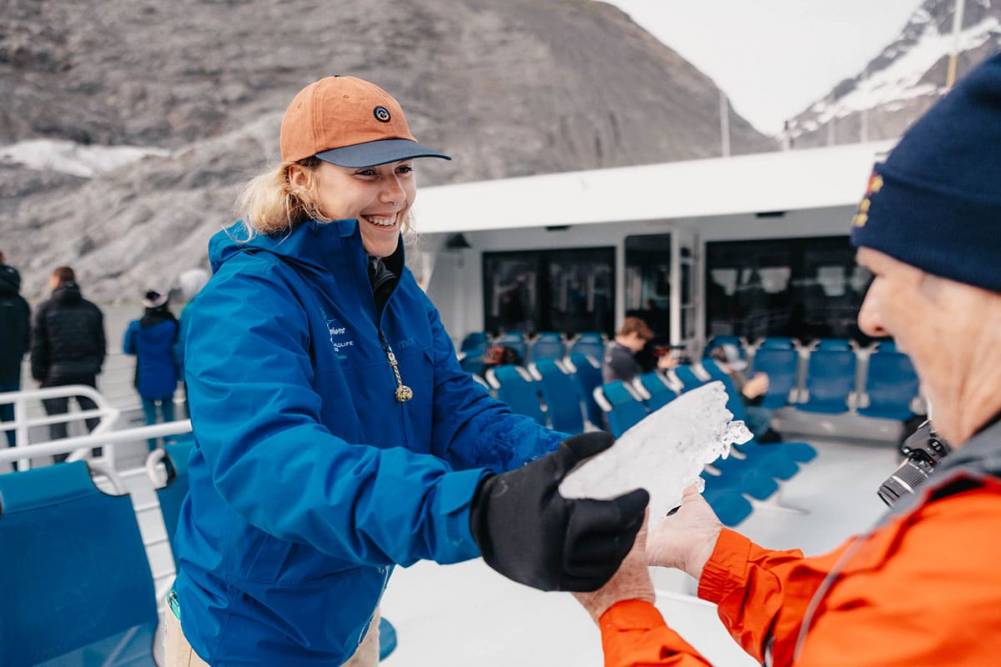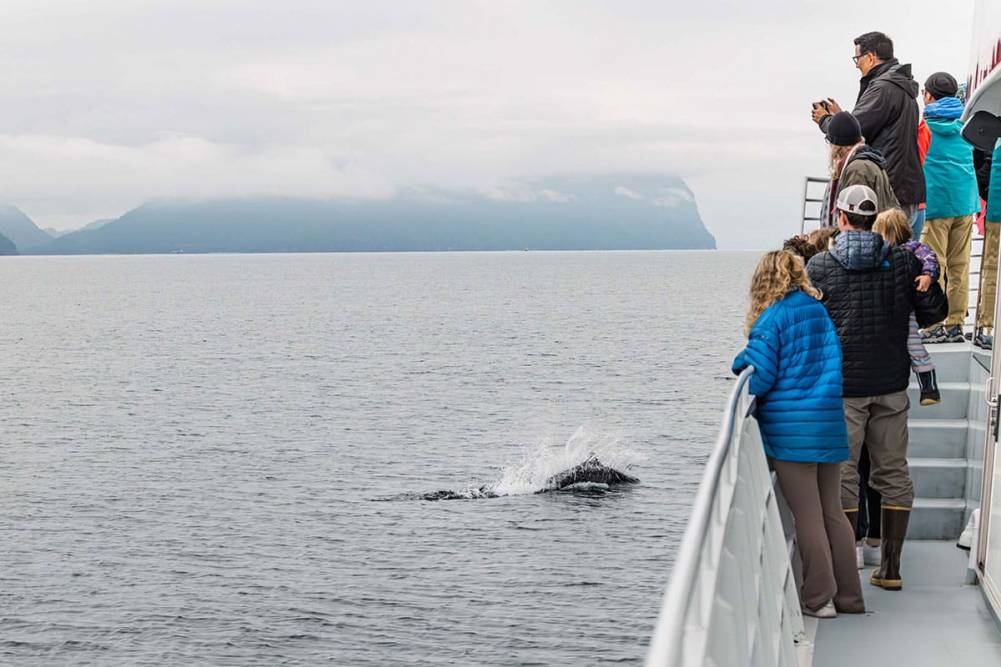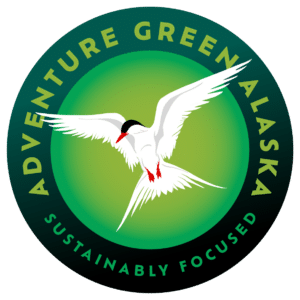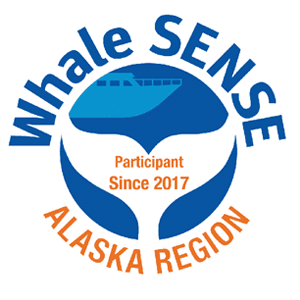Wildlife
Enjoy amazing wildlife
Expect to see some amazing wildlife on your trip. Below are some of the common animals seen along with some details about them.
Fin Whale
The fin whale is the second-largest whale species on earth. Fin whales can weigh up to 80 tons, can exceed 75 feet in length and have a life span of 80 to 90 years. Fin whales may be seen in Prince William Sound during the summer months feeding on krill and small schooling fish.
Minke Whale
Minke whales are black or dark gray on top with white on the underside of the belly and flippers. They can be found in inlets, bays, estuaries and open seas. The minke whale is considered a shy whale, and generally when one is spotted only one or two dives are seen.
Mountain Goats
Mountain goats can only be found in western North America. They have long wool coats that shed in the spring and summer. Their horns are pointed and slender, and they never shed their horns. These hardy animals are right at home on steep slopes with at 50-60% grade (for comparison, stairs in homes are at 30%). They have split hooves and strong legs, keeping them safe from their predators on the sheer mountainsides.
Orcas/Killer Whales
Orcas are the largest member of the dolphin family, reaching up to 30 feet in length and weighing between 4 and 6 tons. Nicknamed “killer whale,” orcas feed on fish and other mammals. They can reach speeds of 30 mph and travel in family groups or pods, showing a highly evolved social structure.
Oystercatcher
Oystercatchers have a dark brown body with a black neck and head, a bright red bill, and pink-colored legs and feet. They use their unique bill to eat a variety of shellfish and marine worms. Oystercatchers can be found near the beach, particularly on rocky shores and reefs.
Puffins
With their parrot-like beaks and wearing their bright mating plumage, puffins come to shore only to nest and raise their single chick. When it comes time to eat, they flap their wings and “fly” through the water, pursuing the small fish making up their diet and bring three or four fish at a time to their young.
Surf Scoter
The surf scoter is a member of the duck family. The males have a solid black body, with white patches on the back of their head and forehead, and a beautiful, brightly colored bill. Female surf scoters are brown with pale white spots on the side of their head. Both can be seen in inshore marine waters.


